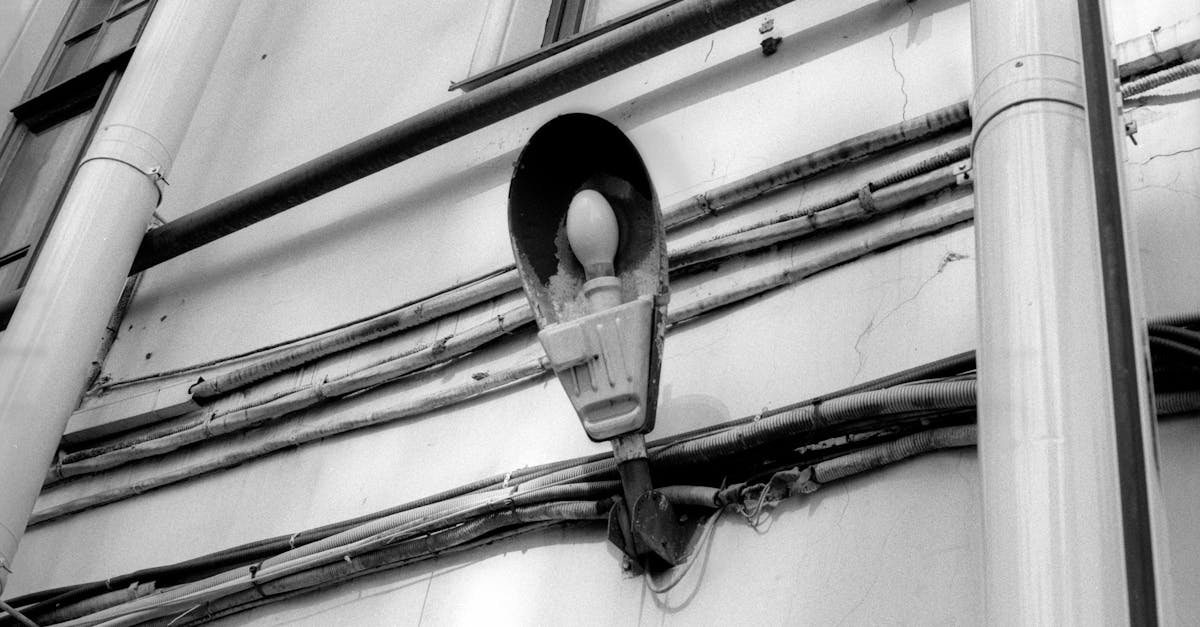What is a D1S bulb?

Common Issues with D1S Bulbs
Common issues with D1S bulbs can cause frustration for many car owners. One commonly reported problem is flickering or inconsistent lighting. This can be due to issues with the ballast, the igniter, or even the bulb itself. When flickering occurs, it is important to address the problem promptly to ensure optimal visibility on the road.
Another issue that D1S bulbs may encounter is a sudden loss of brightness or complete failure. This could be caused by a variety of factors such as a burnt-out bulb, a faulty ballast, or poor electrical connections. Regularly checking the condition of your D1S bulbs and addressing any dimming or failure promptly can help maintain a safe driving experience.
Troubleshooting Tips
If you encounter issues with your D1S bulb, one common problem could be related to poor connections. Ensure that the bulb is securely seated in the socket and that all electrical connections are properly attached. Sometimes, a loose connection can cause flickering or intermittent operation of the bulb.
Another troubleshooting tip is to check for any signs of physical damage on the bulb itself. If you notice cracks, blackened areas, or other visible damage, it may be time to replace the D1S bulb. Physical damage can not only affect the performance of the bulb but also pose a safety hazard. Regularly inspecting the bulb for any signs of wear and tear can help prevent sudden failures and ensure optimal lighting performance.
Maintenance Tips for D1S Bulbs
One key aspect of maintaining D1S bulbs is to regularly inspect them for any signs of damage or wear. This includes checking for discoloration, flickering, or dimming of the bulbs, which could indicate that they are reaching the end of their lifespan. By catching these issues early on, you can address them promptly and prevent further damage to the bulbs or your vehicle's lighting system.
Additionally, it is important to handle D1S bulbs with care to avoid any accidental damage. When replacing or handling the bulbs, make sure to wear gloves to prevent transferring oils from your skin onto the bulbs, which can lead to hot spots and premature failure. Furthermore, always follow the manufacturer's guidelines for installation and maintenance to ensure optimal performance and longevity of your D1S bulbs.
Extending Lifespan
To extend the lifespan of D1S bulbs, it is crucial to handle them with care during installation. These bulbs are sensitive to oils and contaminants, so it is important to always wear gloves when handling them. Furthermore, ensure that the bulbs are securely installed to prevent any unnecessary vibrations that could potentially shorten their lifespan.
Regularly inspecting the condition of the D1S bulbs is another key factor in extending their lifespan. Check for any signs of discoloration, dimming, or flickering, as these can be indicators of a failing bulb. By promptly replacing any bulbs that show signs of wear, you can help maintain the longevity of your D1S bulbs and ensure optimal performance.
Best Practices for Using D1S Bulbs
To ensure optimal performance and longevity of D1S bulbs, it is crucial to handle them with care during installation. Always wear gloves to avoid leaving oils from your skin on the bulb's surface, as this can lead to reduced efficiency and potential overheating. Additionally, make sure to follow the manufacturer's instructions precisely when installing the bulb to prevent any damage or improper connection.
Furthermore, it is recommended to regularly inspect the D1S bulbs for any signs of damage or wear. Check for discoloration, flickering, or dimming of the light output, as these could indicate a problem with the bulb or the associated components. If any issues are detected, address them promptly to prevent further damage and ensure the continued functionality of the D1S bulbs.
Dos and Don'ts
When handling D1S bulbs, it is essential to follow certain dos and don'ts to ensure their optimal performance and longevity. Firstly, DO make sure to handle the bulbs with care, avoiding any direct contact with the glass to prevent possible damage. Additionally, DO follow the manufacturer's instructions when installing or replacing D1S bulbs to guarantee proper installation and functioning.
On the other hand, DON'T touch the glass part of the D1S bulb with bare hands as this can lead to premature failure due to oil residue from skin contact. Moreover, DON'T attempt to modify or alter the D1S bulbs in any way, as this can result in malfunctioning or even safety hazards. Adhering to these dos and don'ts will help maintain the efficiency and reliability of your D1S bulbs for an extended period.
FAQS
What is a D1S bulb?
A D1S bulb is a specific type of HID (high-intensity discharge) bulb commonly used in automotive headlights. It provides bright, efficient lighting for vehicles.
How do D1S bulbs differ from other types of bulbs?
D1S bulbs are designed to be used in vehicles equipped with HID headlights. They have a specific base and require a ballast to operate, unlike traditional halogen bulbs.
Are D1S bulbs easy to replace?
Replacing D1S bulbs can be more complicated than changing traditional halogen bulbs due to their specific requirements and the need for proper installation to ensure optimal performance.
Why are D1S bulbs considered a popular choice for automotive lighting?
D1S bulbs are preferred for their bright, white light output, energy efficiency, and long lifespan compared to traditional halogen bulbs, making them a popular choice for modern vehicles.
Can I upgrade my vehicle's headlights to use D1S bulbs?
Upgrading your vehicle's headlights to use D1S bulbs may be possible, but it is important to ensure compatibility with your vehicle's existing lighting system and to follow proper installation procedures for optimal performance.